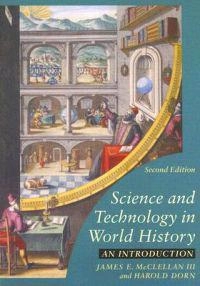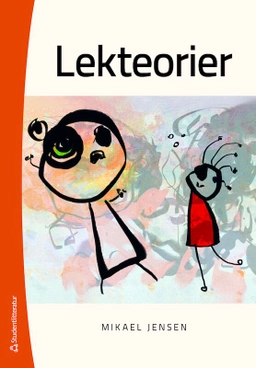

Science and technology in world history : an introduction
- Utgiven: 2006
- ISBN: 9780801883606
- Sidor: 478 st
- Förlag: Johns Hopkins University Press
- Format: Bok
- Språk: Engelska
Om boken
Åtkomstkoder och digitalt tilläggsmaterial garanteras inte med begagnade böcker
Mer om Science and technology in world history : an introduction (2006)
2006 släpptes boken Science and technology in world history : an introduction skriven av James E. McClellan. Den är skriven på engelska och består av 478 sidor. Förlaget bakom boken är Johns Hopkins University Press.
Köp boken Science and technology in world history : an introduction på Studentapan och spara pengar.
Referera till Science and technology in world history : an introduction
Harvard
Oxford
APA
Vancouver



















